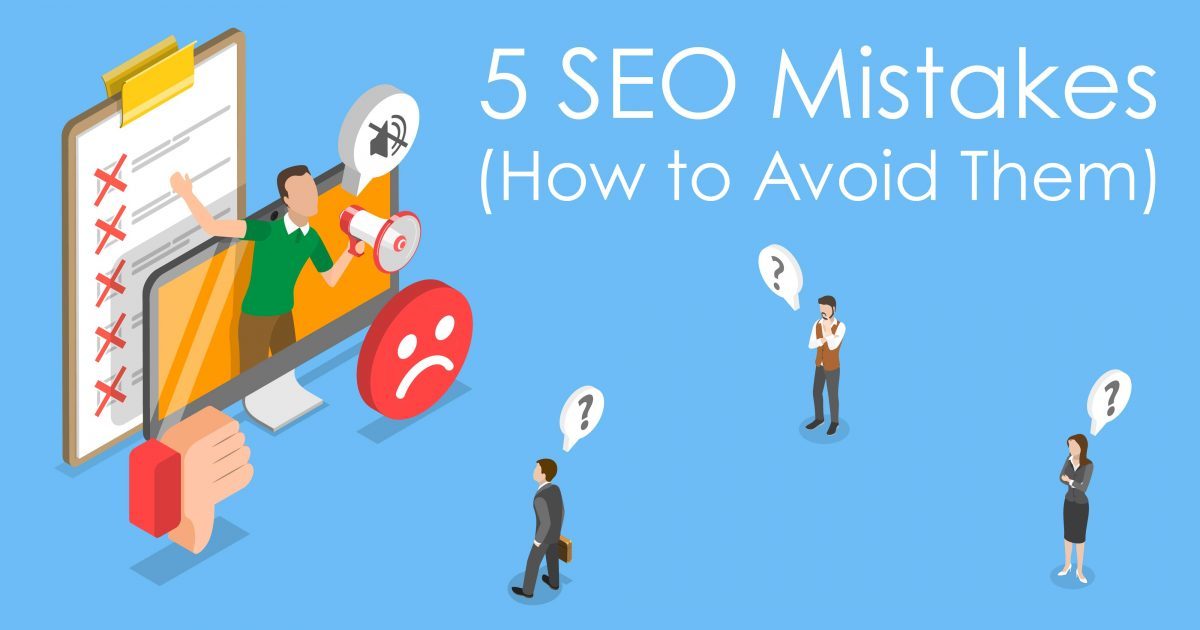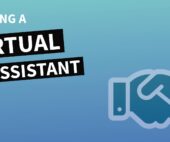Search Engine Optimization (SEO) is crucial for improving your website’s visibility and attracting organic traffic. However, even experienced marketers can fall into common SEO traps that can undermine their efforts. In this post, we’ll explore five frequent SEO mistakes and offer practical tips on how to avoid them to ensure your site performs at its best in search engine results.
1. Neglecting Keyword Research
Mistake: Many websites make the mistake of either overlooking keyword research or using keywords that are too broad or irrelevant. Without proper keyword research, your content may not align with what users are searching for, leading to poor visibility.
How to Avoid It:
- Conduct Thorough Research: Use tools like Google Keyword Planner, Ahrefs, or SEMrush to find relevant keywords that your target audience is searching for.
- Focus on Long-Tail Keywords: Long-tail keywords are less competitive and often more specific, making them easier to rank for and more likely to attract qualified traffic.
- Analyze Competitors: Check what keywords your competitors are ranking for and identify gaps you can exploit.
2. Overlooking On-Page SEO Elements
Mistake: Failing to optimize on-page SEO elements, such as title tags, meta descriptions, and headers, can result in lower search engine rankings and poor user experience.
How to Avoid It:
- Optimize Title Tags: Include your primary keyword and keep it under 60 characters. Make sure it’s descriptive and compelling.
- Write Effective Meta Descriptions: Craft meta descriptions that summarize the content of your page and include relevant keywords. Aim for 150-160 characters.
- Use Header Tags Properly: Structure your content with H1, H2, and H3 tags. Include keywords in headers to improve readability and SEO.
3. Ignoring Mobile Optimization
Mistake: With the increasing use of mobile devices, failing to optimize your site for mobile can result in a poor user experience and lower rankings, as Google prioritizes mobile-friendly sites.
How to Avoid It:
- Implement Responsive Design: Ensure your website adjusts seamlessly to different screen sizes and devices.
- Test Mobile Usability: Use Google’s Mobile-Friendly Test tool to check how well your site performs on mobile devices and make necessary adjustments.
- Improve Page Speed: Optimize images, use caching, and minimize code to improve mobile page loading times.
4. Not Creating Quality Content
Mistake: Publishing low-quality or thin content that doesn’t provide value to users can harm your SEO efforts. Search engines prioritize high-quality, relevant, and useful content.
How to Avoid It:
- Focus on User Intent: Create content that addresses the needs and questions of your audience. Aim to provide comprehensive and actionable information.
- Update and Refresh Content: Regularly update existing content to keep it relevant and accurate. Add new insights and data as needed.
- Use Engaging Formats: Incorporate visuals, infographics, and videos to make your content more engaging and shareable.
5. Neglecting Technical SEO
Mistake: Technical SEO issues, such as broken links, slow page load times, and poor site structure, can hinder your site’s performance and search engine ranking.
How to Avoid It:
- Conduct Regular Audits: Use tools like Screaming Frog or Sitebulb to identify and fix technical issues such as broken links, duplicate content, and crawl errors.
- Optimize Site Speed: Implement best practices for improving site speed, including image optimization, reducing server response times, and leveraging browser caching.
- Ensure Proper URL Structure: Use clean and descriptive URLs that include relevant keywords and avoid using complex query strings.
Conclusion
Avoiding these common SEO mistakes can significantly enhance your website’s search engine performance and user experience. By focusing on effective keyword research, optimizing on-page elements, ensuring mobile friendliness, creating high-quality content, and addressing technical SEO issues, you’ll be well on your way to achieving better rankings and attracting more organic traffic.
Remember, SEO is an ongoing process. Regularly review and refine your strategies to stay ahead of changes in search engine algorithms and user behavior. By staying informed and proactive, you can continue to improve your site’s visibility and success with Hireva.




